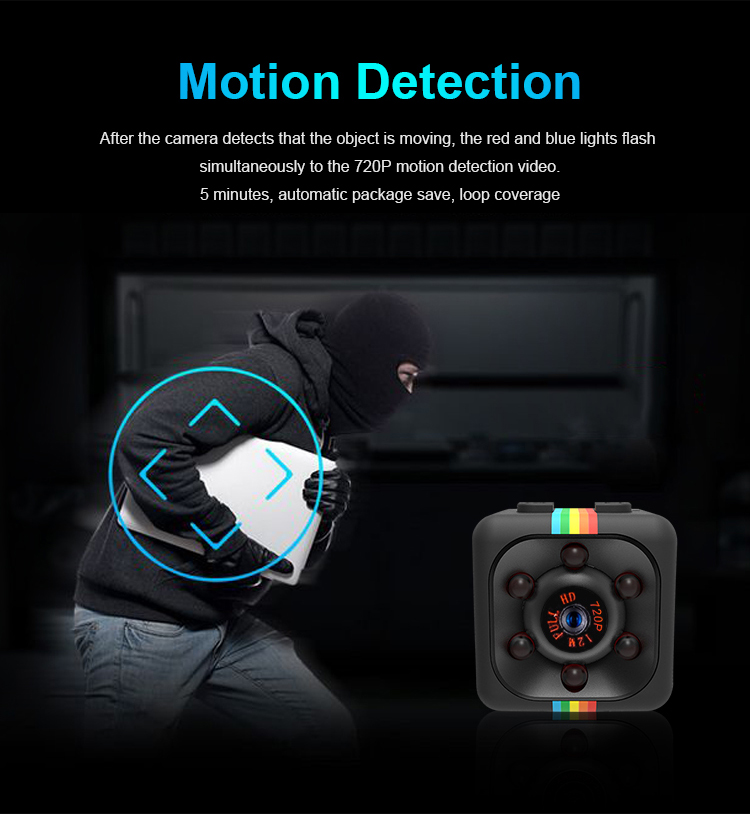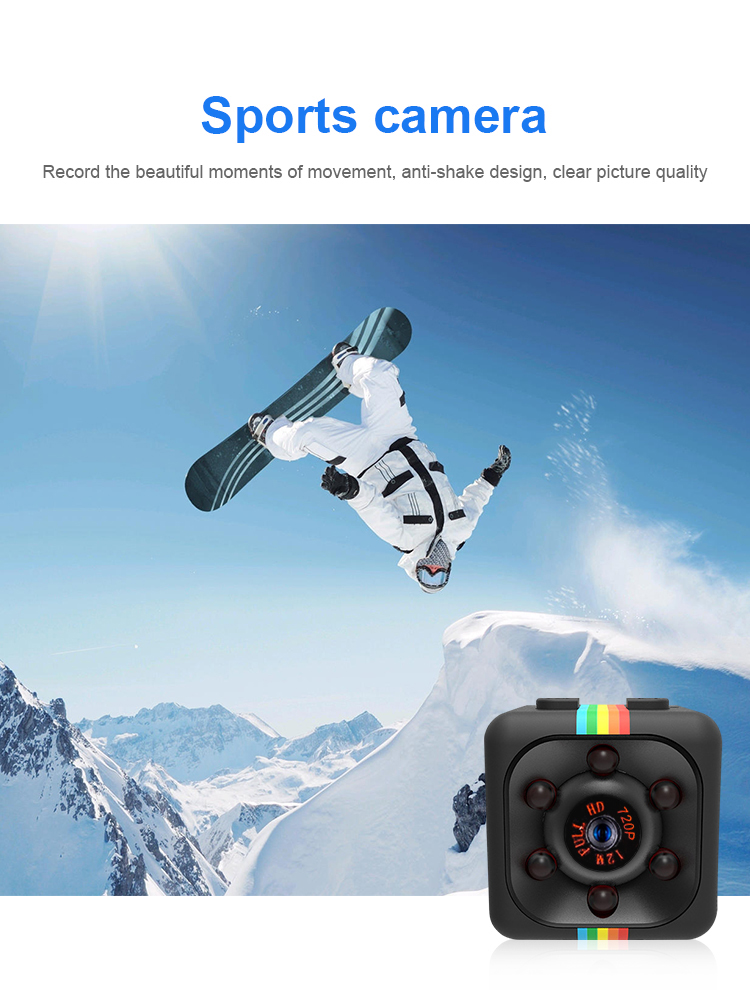Tomato plastic trimming technique
Growth and Fruiting Characteristics of Tomato
Tomato can be divided into two types of limited growth and infinite growth according to growth and fruit characteristics. In particular, the two types of pruning methods are different.
â— Limited growth type Also known as self-capped varieties, this type of plant is relatively short, with concentrated flowering and fruiting, early maturity, and is suitable for low-dense dense or stent-free cultivation.
â— Infinite growth type When the conditions are suitable, the branches will continue to occur and they will not be capped due to the formation of inflorescences. This type of tomato plant is tall and has stalks that require stent cultivation.
Plastic trimming of tomatoes
Plant fixation
In order to ensure the ventilation, light transmission and convenient field operation and management of the plants, when the tomato plants grow to a certain height, it is necessary to carry out brackets and vines. Brackets and vines can be bundled with nylon ropes and bamboo poles.
Pruning
Pruning is the organization of the resulting branches. Tomatoes have many side branches, which can easily cause shade and nutrient depletion. Pruning can keep the growth of stems and leaves and fruit development in balance.
The main pruning methods of infinite growth types are as follows:
â‘ Single stem pruning method leaves only one trunk per plant, and all side branches are removed in time. The trunk is plucked when certain ears are left. This method has few single branches, but is suitable for dense planting. The ears are large, which is conducive to increasing the initial yield and the total yield .
â‘¡ Double stem pruning method On the basis of single stem pruning, in addition to the main branch, a side branch under the first inflorescence is left as the second main stem fruiting branch, and the remaining side branches are all removed.
â‘¢Improved single stem pruning method While the main stem performs single stem pruning, the first side branch under the first inflorescence is retained, and this side branch leaves 1 to 2 ears and leaves 2 leaves topping. That is, it combines the advantages of single-stem pruning and double-stem pruning, which can be both early maturity and high yield.
For limited-growth varieties, single- and double-rod pruning is not appropriate. This type of tomato grows on the top of the plant with the second spike of each inflorescence, forming a head that resembles a growing point, and the true growing point is on the leaf blade of the second inflorescence. (In an infinite-growing tomato, this is the side branch, which needs to be removed)
If it is removed according to common sense, the whole plant will have no growth point. If it is pruned for such a long time, the limited growth type tomato has only two fruits (of the first flower), or the plant type is scattered due to incorrect branching.
The correct method is to keep the lower side branches of the first inflorescence of the main stem, and all the other lower side branches should be removed, and the overly dense branches on the upper part of the plant need to be properly removed.
Cross
Pruning is the treatment of tomato side branches, which is beneficial to the plant's ventilation and light transmission, and to avoid unnecessary consumption of nutrients.
After the young tomato plants are planted slowly, in order to promote root growth and hair growth, the initial pruning and pruning period can be delayed later, so that the side branches can grow to 6-7 cm, which is beneficial to increase the leaf area and produce nutrients, but Pruning and pruning should be removed when the side branches reach 1 ~ 2 cm to avoid excessive consumption of nutrients.
Precautions
â— Twig cutting should be carried out on sunny days, which is conducive to wound healing. If the dew is rainy and the dew is not dry, the wound will easily rot and cause pathogen infection.
â— The side branches and other side branches under the first inflorescence should not be removed prematurely even if they are not left as fruiting branches. Generally, 1 to 2 leaves should be reserved for nutrients.
â— The pruning and pruning will not occur within 1 to 2 days after watering. The water content of the plant will be higher after watering. The pruning and pruning will produce a larger wound and the wound will not heal easily.
â— There are two methods for cutting branches: push branches and wipe branches. Minimize the contact between hands and stems. Do not use nails to cut branches.
â— After pruning and pruning, timely use medicine to prevent diseases. For diseased plants such as viral diseases, pruning should be done separately to avoid human-borne diseases.
â— The branches and leaves that have been laid should be collected and processed centrally. Do not litter.
Topping
When the number of ears and leaves of the tomato plant reaches the requirement, the top growth point should be removed. Proper topping can control plant height, adjust the balance of vegetative and reproductive growth, increase fruit set rate, promote fruit development, and mature earlier.
When topping, 2 to 3 leaves should be left on the top to make nutrients for the growth of the lower flowers and fruits, and to serve as a shade to prevent the fruits from being exposed to strong light and avoid sunburn. Topping should be done on a sunny day.
Limited-growth tomatoes have a self-capped property and do not need topping.
Base leaf
In the middle and late stages of cultivation, the yellow and senescent leaves and diseased leaves in the lower layer should be removed in time, which is conducive to the ventilation and light transmission of the lower layer of the plant, reduces nutrient consumption and disease occurrence, and is beneficial to the fruit's color change.
The principle of thinning leaves: picking yellow and not picking green, picking off and not picking up, picking inside and not picking up, and removing sick yellow leaves, old leaves and dense leaves in stages. The removed leaves should not be arbitrarily littered. They should be buried or burned to prevent the spread of disease. Choose in fine weather, combined with spraying for disease prevention.
Sparse flower
In tomato cultivation, weeding out abnormal flowers and extra flower buds during flowering. After the fruit is set, the malformed fruit and the under-developed fruit in the same ear should be thinned out in time to ensure that the remaining fruit is even and tidy.
Disclaimer: Some articles on this website are transferred from the Internet. If you have third party legal rights, please inform this website to deal with them. phone
What is DVR Mini Camera
Dvr, which is called DigitalVideoRecorder in full, is a digital video recorder. Compared with traditional analog video recorders, dvr uses hard disk for recording, so it is often called hard disk recorder, also called DVR. It is a set of computer system for image computing, storage and processing. It has the functions of long-time video recording, recording, remote monitoring and control of images/voice and dynamic frames. DVR integrates five functions, including video recorder, picture splitter, PTZ lens control, alarm control, and network transmission. One device can replace a large number of devices in the analog monitoring system, Moreover, it has gradually gained advantages and popularity in terms of price.


The "digitalization" of DVR means that compression and storage technology is aimed at digital signals, rather than directly transmitting digitally encoded video images. Therefore, DVR must be deployed near the analog camera.
The function of DVR, with the increase of various voltage sensitive loads in the distribution network, puts forward higher requirements for power quality. However, due to system accidents in the power system, the voltage flicker, drop and other disturbances caused by the startup and shutdown of large equipment, lightning stroke and other principles are unavoidable. Moreover, in the current power grid, the ability to quickly restore power supply after power interruption is far from meeting the requirements of many sensitive loads. Therefore, it is necessary to provide users with stable and uninterrupted high-quality power when interference occurs. Dynamic voltage recovery (DVR) is the choice to solve the above problems today. DVR is connected in series to the feeder line that requires high-quality power to realize dynamic real-time voltage compensation for the line, so that the load end can get the desired high-quality power, and ensure the normal and uninterrupted operation of sensitive user equipment.
DVR Mini Camera,Cctv Camera System, Outdoor Waterproof NVR Set , Wireless Security Camera NVR, Cctv NVR Kit
DVR Mini Camera,Cctv Camera System, Outdoor Waterproof NVR Set , Wireless Security Camera NVR, Cctv NVR Kit
Shenzhen Fuvision Electronics Co., Ltd. , https://www.szsolarcamera.com